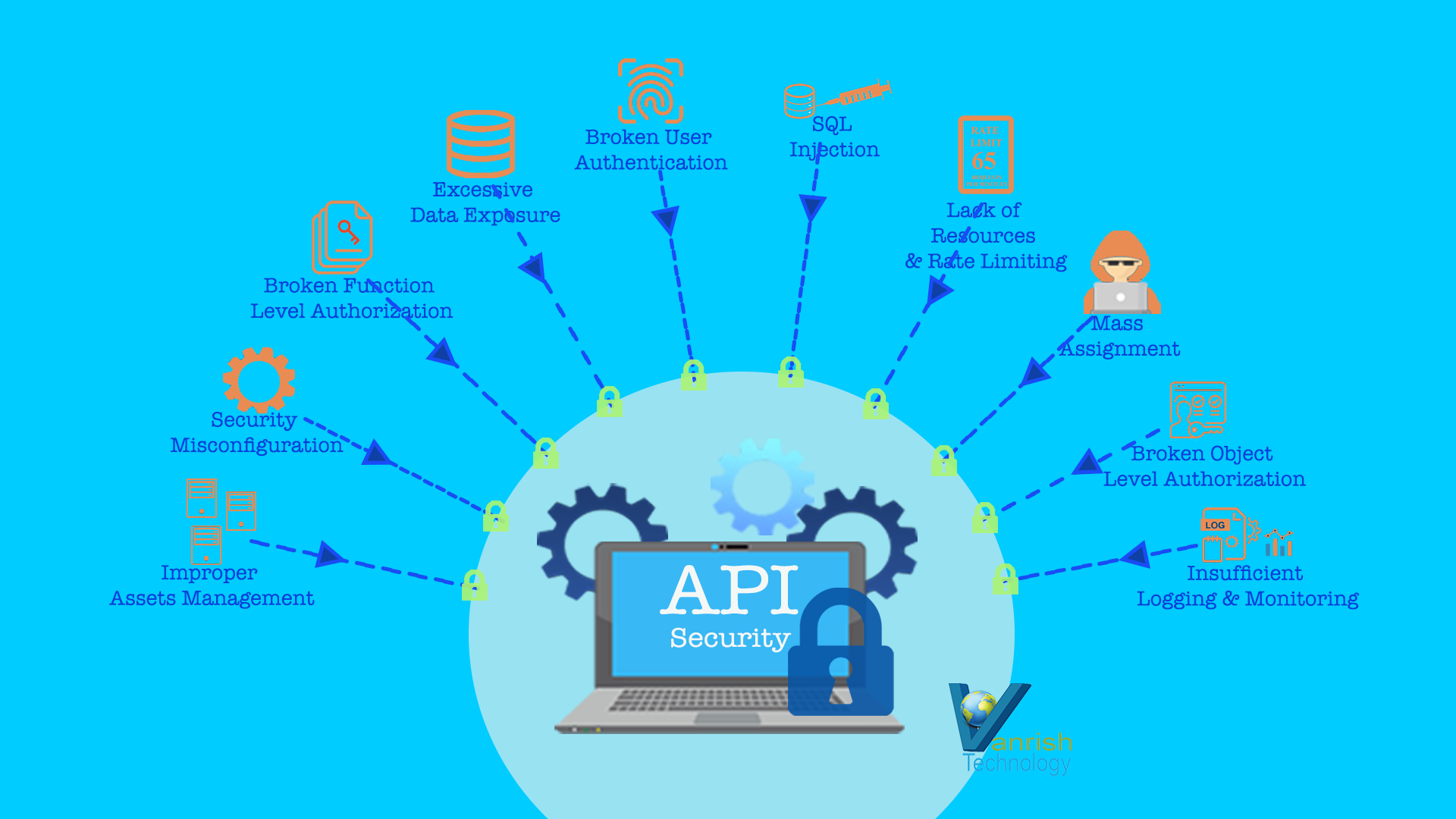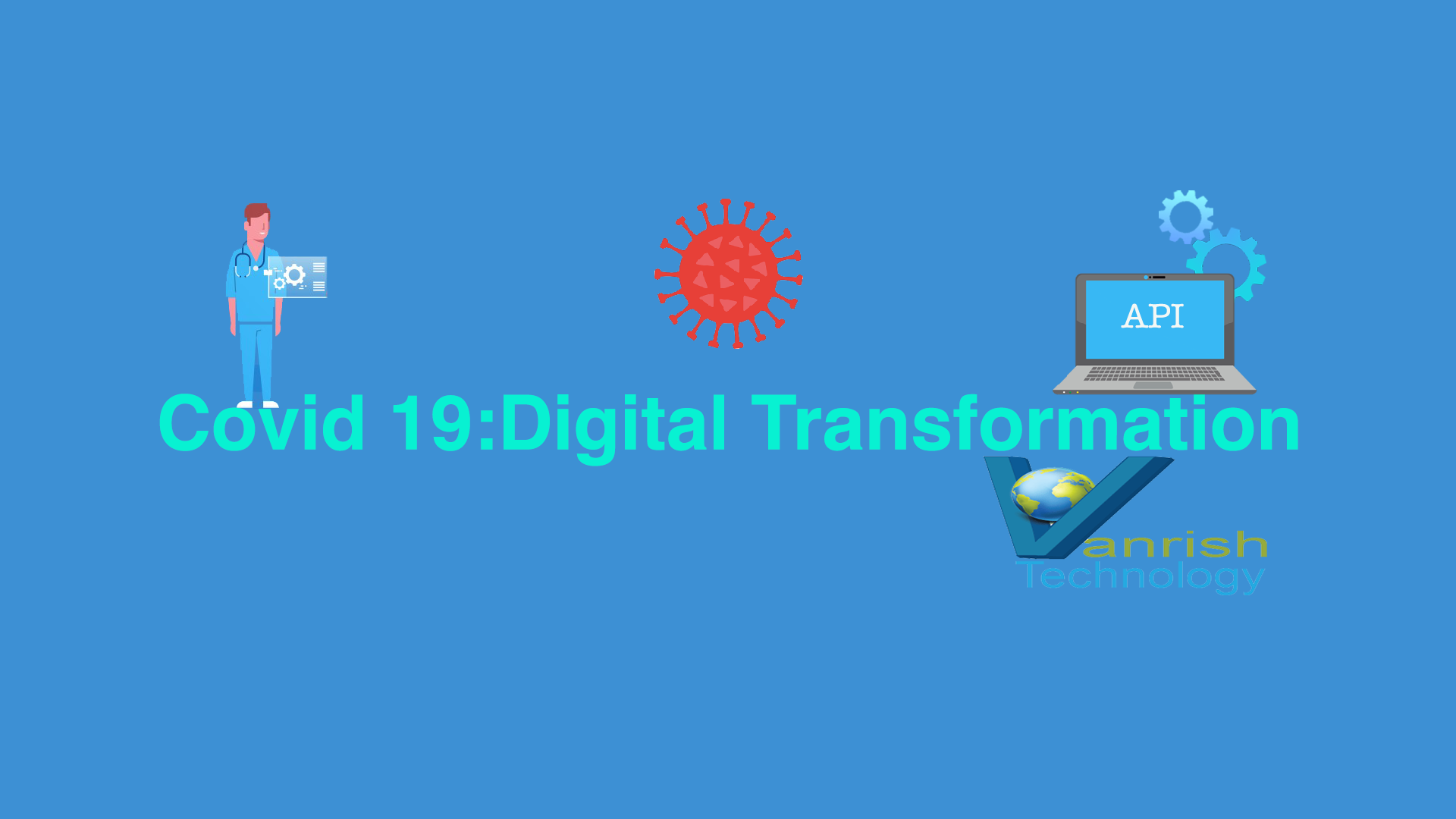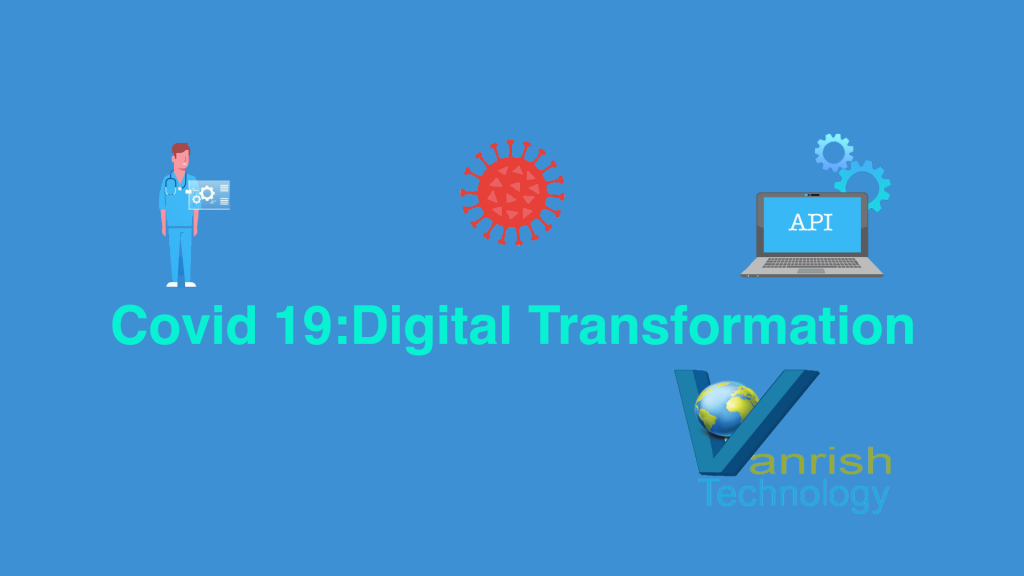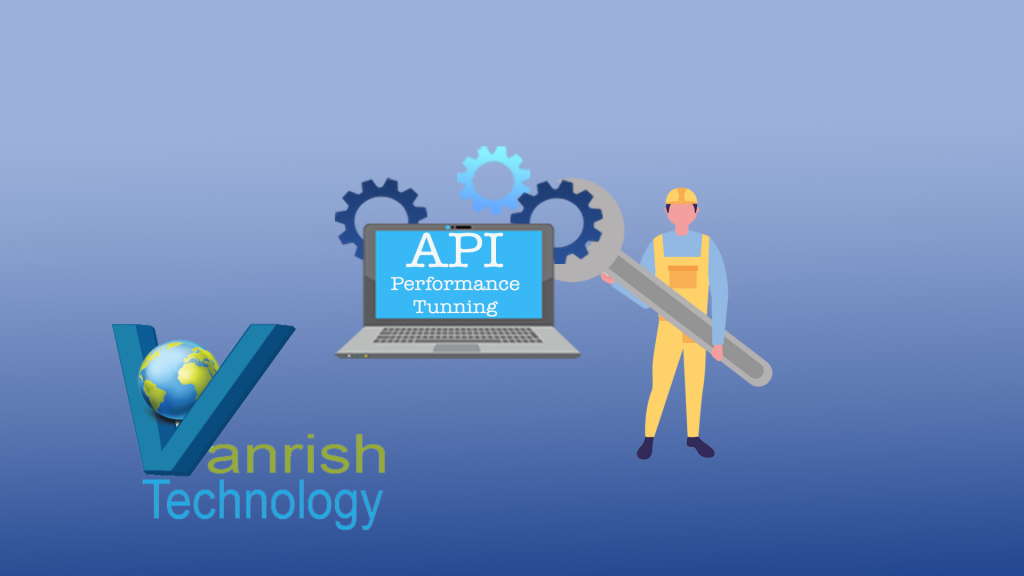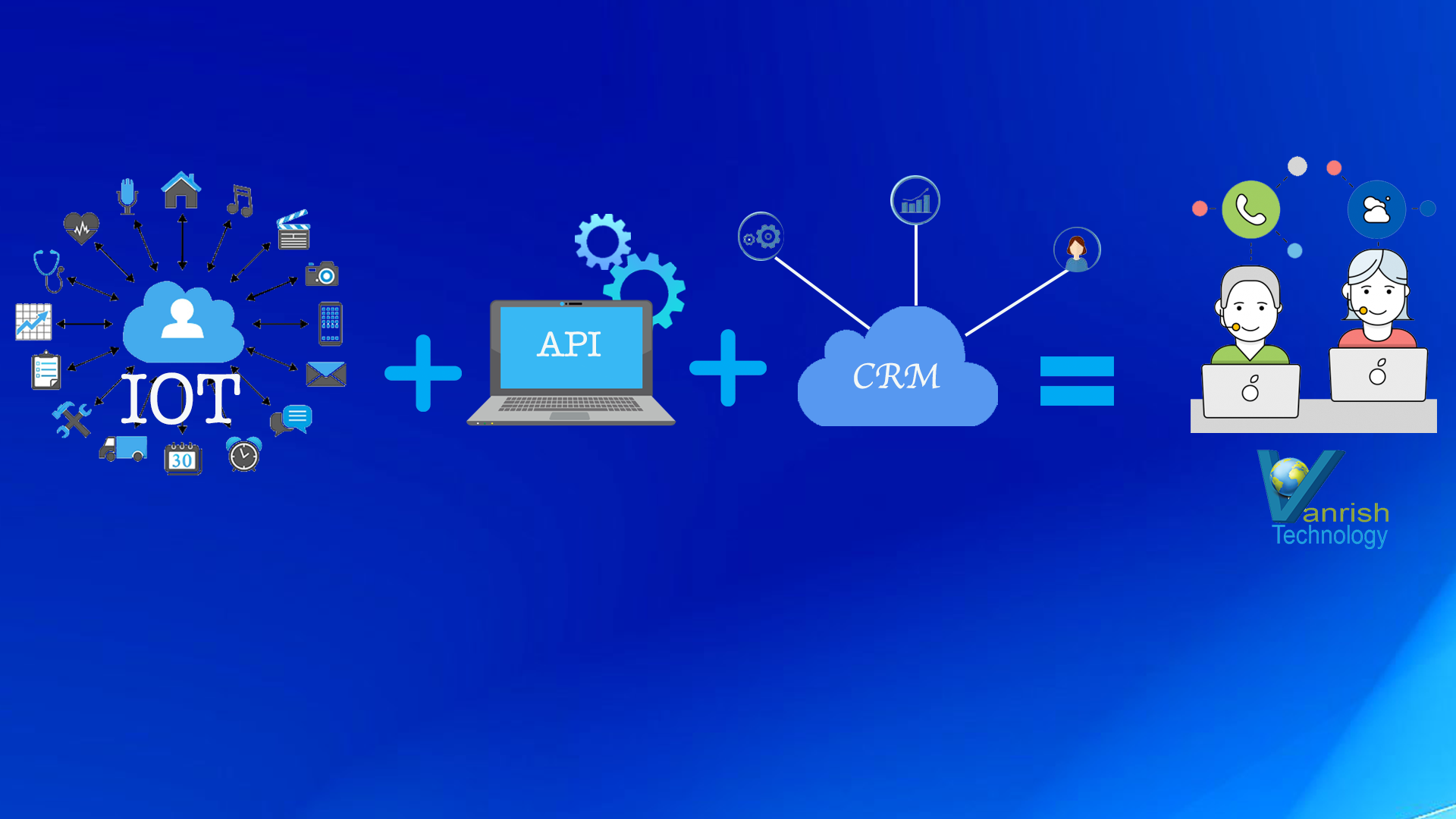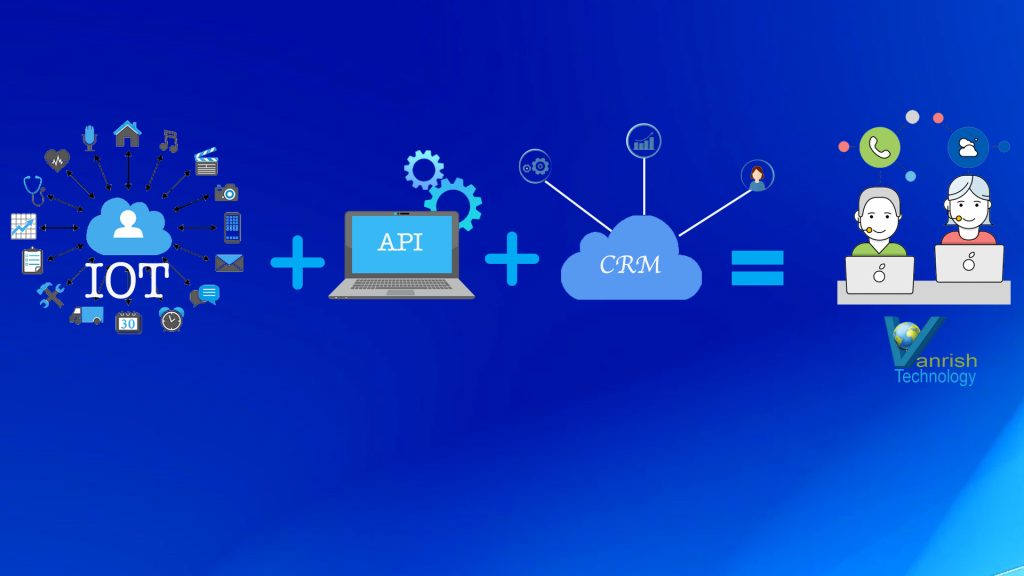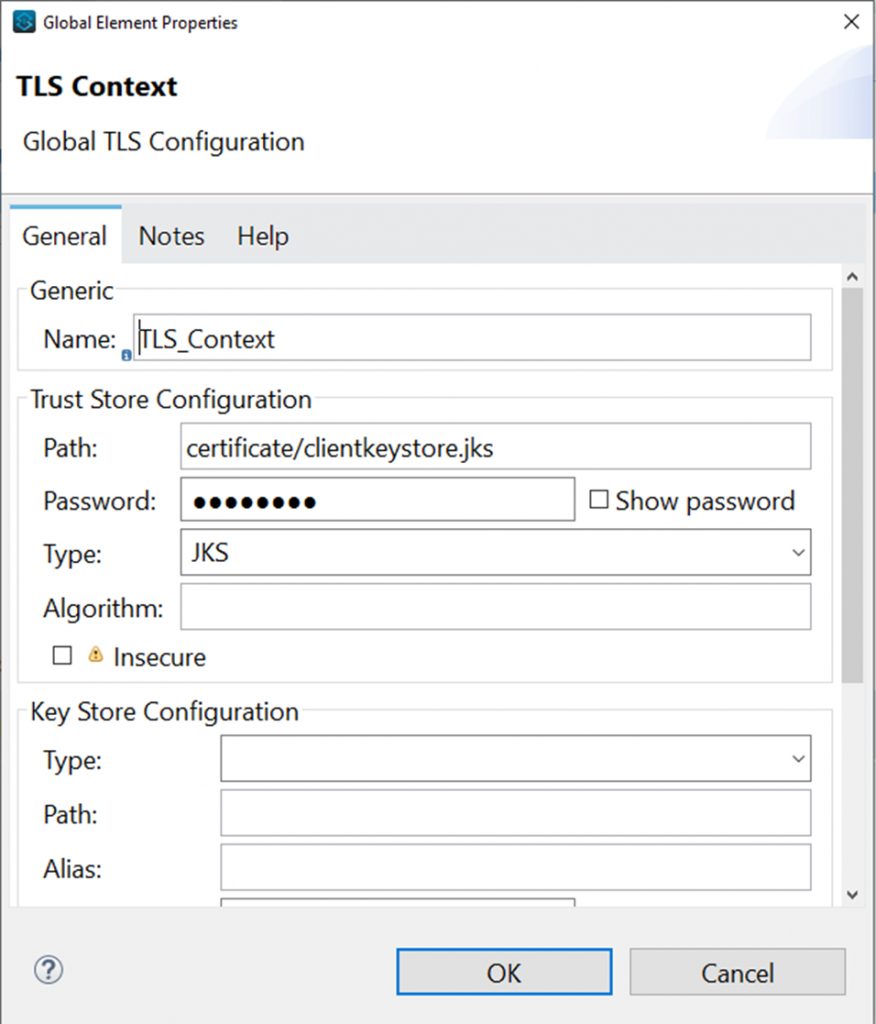In today’s competitive markets, industries face many challenges in order to remain successful. These include staying ahead of the competition, understanding customers need and preferences, and providing a high level of service that will make customers happy.
Here are few challenges for current industries
- Resolve customer issues ASAP
- Collect and qualify customer information
- Easily connect to business process
- Enable business new features quickly.
In current business requirements 90% of organizations see increased demand for automation from business teams, due to that 95% of IT leaders are prioritizing automation.
Automation is a critical component of digital transformation and business success. Robotic Process Automation (RPA) bots are at the forefront of this revolution, providing businesses with an automated solution to optimize their processes while improving customer experiences. RPA bots can be used in many areas such as data entry, document processing and workflow management; they automate repetitive tasks that would otherwise take up valuable resources from human employees. This automation not only increases efficiency but also reduces costs associated with manual labor, allowing companies to focus on more pressing issues like innovation or collaboration between departments. By utilizing intelligent bots powered by artificial intelligence (AI), companies can further streamline operations and provide customers with immediate feedback on requests or inquiries in real time without manual intervention from employees. Additionally, natural language processing (NLP) capabilities allow chatbots used in websites or apps to respond quickly and accurately when communicating with customers.
Using NLP, Bots can decipher specific sentences or words customers type and associate them to an intent. NLP provides insights by analyzing past chat transcripts to identify common customer utterances or phrases (such as order status, account information, password reset, logging an issue, etc.) that the Bot can use to take action. A predictive model for bots to understand intent and take action called intent model. The intent model is made up of intents and utterances.
APIs , NLP and AI are the essential components for Bots. Once an intent model from NLP identifies action then Bots call APIs. APIs help to execute tasks from the backend system for Bots. Suppose if users are looking for order status from bots and APIs are not responding on time it will fail the whole Bots purpose. So APIs are one of the key components for Bots.
APIs streamline Bots tasks and automated any process/tasks for any team. Bots and APIs empower business and IT teams to collaborate with ease and break silos in every step of their automation journey. Enable end-to-end automation at scale Reuse and compose RPA securely.
Rajnish Kumar is CTO of Vanrish Technology with Over 25 years experience in different industries and technology. He is very passionate about innovation and latest technology like APIs, IOT (Internet Of Things), Artificial Intelligence (AI) ecosystem and Cybersecurity. He present his idea in different platforms and help customer to their digital transformation journey.


